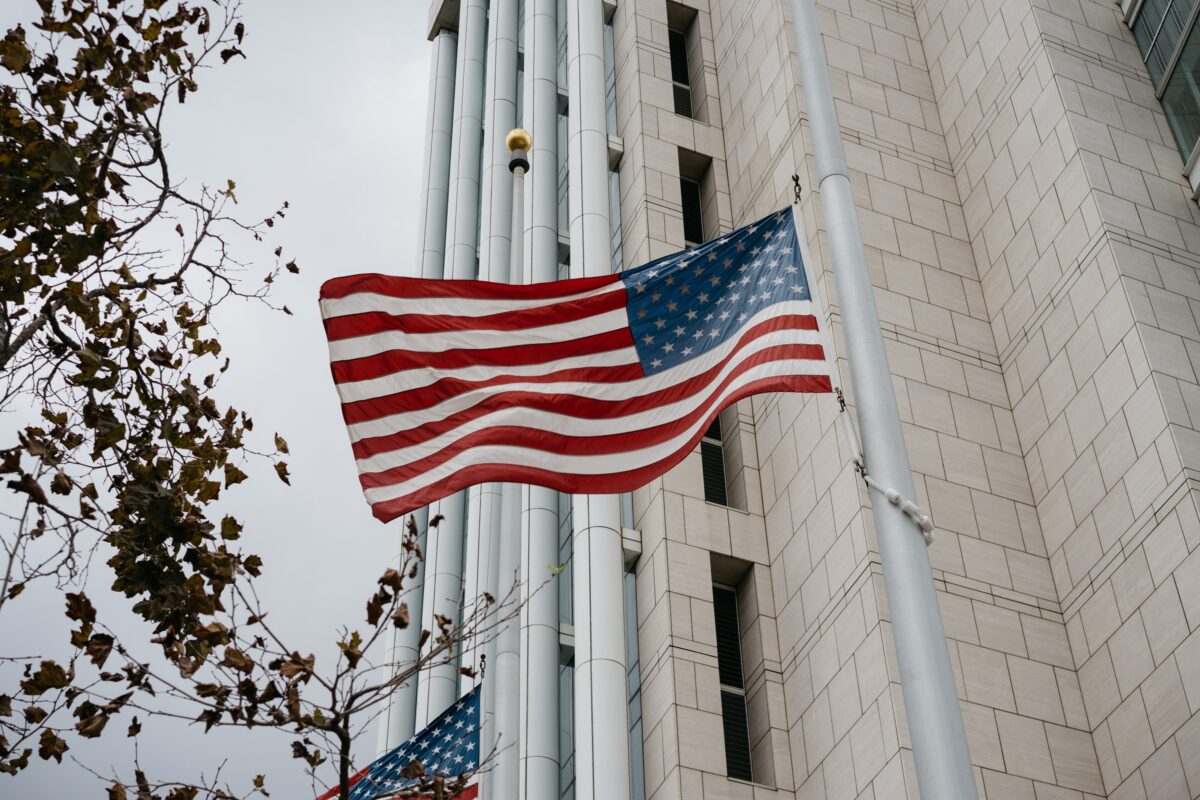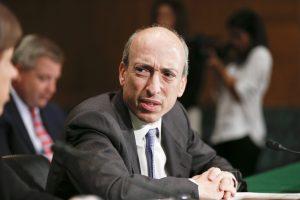It has only been a few short weeks, but the crypto landscape in the United States has already undergone a seismic transformation. With the departure of Gary Gensler and the arrival of a new administration, there is a palpable shift in the tone and approach to digital asset regulation. For years, the industry lamented unclear policies and a hostile regulatory environment. Now, the new administration is signaling a fresh start — one that emphasizes innovation, clarity, and global leadership in blockchain technology.
The End of Gensler’s “Reign of Frustration”
The resignation of former SEC Chair Gary Gensler marked the beginning of this new chapter. Gensler’s tenure, defined by aggressive enforcement actions and regulatory ambiguity, frustrated many in the crypto industry. Brad Garlinghouse, CEO of Ripple Labs, famously called it a “reign of terror.” With Gensler out and President Donald Trump appointing Mark Uyeda as Acting SEC Chairman, followed by Paul Atkins as the nominee for permanent Chair, the agency is undergoing a much-needed overhaul.
The SEC’s new Crypto Task Force, led by Commissioner Hester Peirce (“Crypto Mom”), aims to establish clear regulatory lines and sensible disclosure frameworks. Gone are the days of regulation by enforcement. Instead, the task force promises a collaborative approach that seeks input from industry participants, investors, and academics alike.
Executive Orders and the Crypto Task Force
President Trump wasted no time setting the tone for his administration’s crypto policy. On his second day in office, he signed the Executive Order on Strengthening American Leadership in Digital Finance Technology. This landmark directive underscores the administration’s commitment to fostering innovation while protecting investors and the broader economy. Key provisions include:
- Promoting Blockchain and Self-Custody: The order protects public blockchain networks, validates mining and self-custody rights, and establishes the United States as a pro-crypto hub.
- Stablecoins and the U.S. Dollar: It emphasizes the role of stablecoins in bolstering the global dominance of the U.S. dollar.
- Regulatory Clarity: Agencies must review all existing digital asset regulations and recommend modifications or rescissions by March 2025.
Perhaps the most intriguing aspect of the order is creating the President’s Working Group on Digital Asset Markets, chaired by David Sacks, a prominent venture capitalist often called the “Crypto Czar.” This group has been tasked with proposing a comprehensive federal regulatory framework for digital assets by July 2025. Among their priorities will be evaluating the creation of a national digital asset stockpile, a concept that could transform the United States’ position in global crypto markets.
Regulatory Wins in the First Week
The market has responded enthusiastically to these developments. Bitcoin surged to near all-time highs, and the total market capitalization of digital assets surpassed $3 trillion. The new SEC leadership wasted no time making tangible changes. Within days, they rescinded the controversial Staff Accounting Bulletin 121 (SAB 121), which had stifled banks’ ability to custody crypto assets. This move signaled a departure from previous policies that many viewed as overly restrictive.
The Crypto Task Force is also taking on longstanding issues, such as the lack of guidance on how token issuers and exchanges can register with the SEC. These efforts aim to create a more transparent and navigable regulatory environment, reducing uncertainty for industry players.
Key Challenges and Opportunities
Despite the optimistic start, significant questions remain. The SEC and the newly formed working group must tackle several pressing issues:
- Jurisdictional Clarity: How will the SEC and CFTC delineate their roles in regulating digital assets? Will the two agencies merge, as some have suggested?
- Token Registration: What changes are needed to create a viable path for token issuers and exchanges to register with the SEC?
- Market Structure: How will stablecoins and other digital assets be integrated into the financial system without compromising consumer protection or national security?
- National Digital Asset Stockpile: While the Executive Order stops short of creating a Bitcoin reserve, the possibility of a national crypto stockpile raises questions about how assets will be sourced and managed.
The administration’s stance on Central Bank Digital Currencies (CBDCs) also merits attention. Trump’s Executive Order prohibits federal agencies from developing or promoting CBDCs, reflecting a libertarian influence within the administration. Critics argue that this could hinder the United States’ ability to compete with countries like China, which has already launched its digital yuan.
Legislation on the Horizon
While executive orders can set the tone, lasting change will require Congressional action. The administration’s “FIT 21” bill, already approved by the House of Representatives, aims to establish a legal framework for digital assets. However, whether the Senate will adopt the bill or propose an alternative approach remains to be seen.
Additionally, the administration’s prohibition on CBDCs may face legal challenges. Advocates for CBDCs argue that they could enhance financial inclusion and provide a safer alternative to stablecoins. Balancing these competing perspectives will be critical as the administration’s policies evolve.
Looking Ahead
The early actions of this administration suggest that the United States is serious about reclaiming its position as a global leader in digital finance. For years, regulatory uncertainty drove innovation offshore. Now, projects and talent are returning to U.S. soil, buoyed by the promise of a more welcoming regulatory environment.
However, the road ahead is far from smooth. The Crypto Task Force, the President’s Working Group, and Congress face significant challenges in crafting policies that balance innovation and oversight. The decisions made in the coming months will shape the future of digital assets not just in the United States but worldwide.
In the words of Commissioner Hester Peirce, “This undertaking will take time, patience, and much hard work.” However, for the first time in years, there is optimism that the United States can foster a thriving, innovative, and secure digital asset ecosystem.








